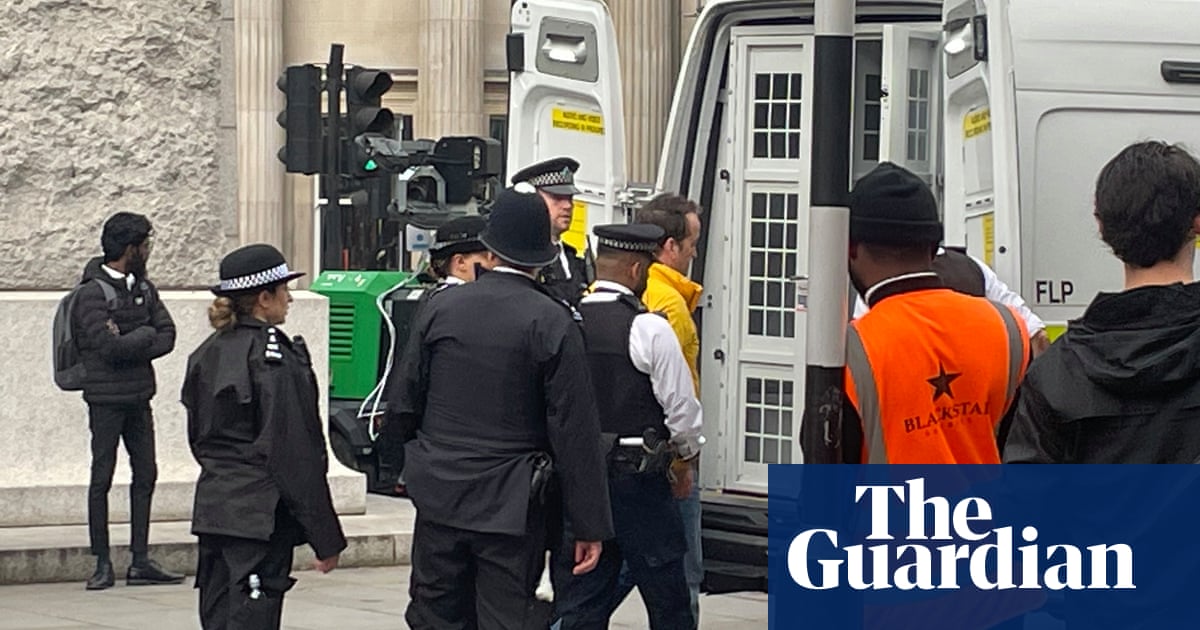The Wisconsin supreme court election – which has been described as the most important election this year – takes place on 4 April, in less than three weeks, and is already the most expensive of its kind in US history. In this race, voters of color will once again be the key to electing a candidate who can safeguard our democracy. The question of whether Trump or another Republican election-denier will have a second chance to try to disrupt a democratically decided election – and this time perhaps succeed – could be determined by this one judicial election in the mid-west. Recognizing what is at stake, both sides have spent a staggering $27m so far on this race.
The election will likely be tight and every vote will count. Wisconsin is majority white, at around 80%, but the state is also at least 20% people of color, according to Census data. If Democrats fail to prioritize investing in mobilizing voters of color and inspiring them to turn out to vote, they may lose.
Typically, this type of judicial election would barely register as a blip in Wisconsin, let alone gain this much national attention. But the stakes in this battleground state are sky-high, not only because Wisconsin’s future hangs in the balance when it comes to abortion, voting rights, redistricting and elections policy, but also because the judicial seat could be crucial to ensuring a fair presidential election outcome in 2024.
In 2020, the Wisconsin supreme court rejected by a one-vote margin an effort by Trump allies to challenge the election result. The state’s seven-member court has been controlled by conservatives since 2008, and the winner of this race will serve a 10-year term.
The progressive Milwaukee county circuit judge Janet Protasiewicz is up against conservative Daniel Kelly, a former state supreme court justice who lost his seat in 2020. Kelly is a Trump ally who provided legal support to an effort by Republicans to overturn the 2020 election results through the use of “fake electors”.
On the surface, Protasiewicz may seem to be in the better position, funding-wise. According to AdImpact, Protasiewicz campaign has spent $9.1m in the past few weeks on TV ads, and outside groups supporting her have spent $2m.
But forces on the right – namely conservative billionaires like Barre Seid, Trump’s “judge whisperer” Leonard Leo of the Federalist Society, and the Uihleins shipping supply magnate family – are expected to inject millions for Kelly, most likely in TV ads painting Protasiewicz as soft on crime. Already $3.9m has poured in for Kelly from these and other outside funders, and there’s plenty more where that came from.
Yet Democrats might sleep on properly investing in mobilizing voters. How do we know? Because national Democrats failed to truly step up when it came time to support Mandela Barnes’s US Senate campaign last fall.
Groups on the right spent $62m on behalf of Republican Ron Johnson, compared to the left’s $41m for Barnes. The right’s $29m last-minute attacks against Barnes included unabashedly racist ads against Barnes, who is Black. In the end, Johnson – a skeptic of Covid-19 who was tied to a 2020 Republican scheme to have the state’s Republican-dominated legislature choose Wisconsinites’ presidential electors – won narrowly, 50.5% to Barnes’s 49.5%.
With the fate of access to safe abortions on the line, Protasiewicz’s campaign, as well as the Democratic and progressive ecosystem at large, will understandably focus on turning out pro-choice white women voters, mostly via ads. Her campaign’s messaging is heavily centered on protecting abortion rights and painting Kelly as an anti-abortion extremist. Yet there’s reason to be concerned that very little of Protasiewicz’s campaign funds, or any money raised from the outside, will be spent on targeting and mobilizing voters of color.
According to the Census, Wisconsin is about 7% Black, 3% Asian, 7.5% Latino, and 1% Native. Republicans in Wisconsin are well aware of the power of voters of color, and of the fact that they tend to vote Democratic. That’s why Wisconsin Republicans have been working hard to suppress voters of color and to create division between white voters and voters of color, especially in Milwaukee, which is home to close to 70% of the state’s Black population.
In an example of saying the quiet part out loud, Wisconsin elections commissioner Robert Spindell, a Republican, gloated after the 2022 election about depressing Black and brown turnout in Milwaukee. Spindell was tacitly admitting that when the multiracial Obama coalition turns out, Republicans lose.
Democrats and progressives must increase investing in on-the-ground grassroots organizations with track records of turning out voters of color – especially Black voters – and fast. The work of organizations such as Souls to the Polls, Voces de la Frontera, and the Workers Center for Racial Justice can make all the difference in this year’s most important election. Our democracy can’t afford to continue to overlook voters of color.
Andy Wong is president of PowerPAC, a nonprofit advocacy and political organization dedicated to building political power within communities of color and supporting progressive candidates of color

 1 year ago
79
1 year ago
79










 English (US)
English (US)